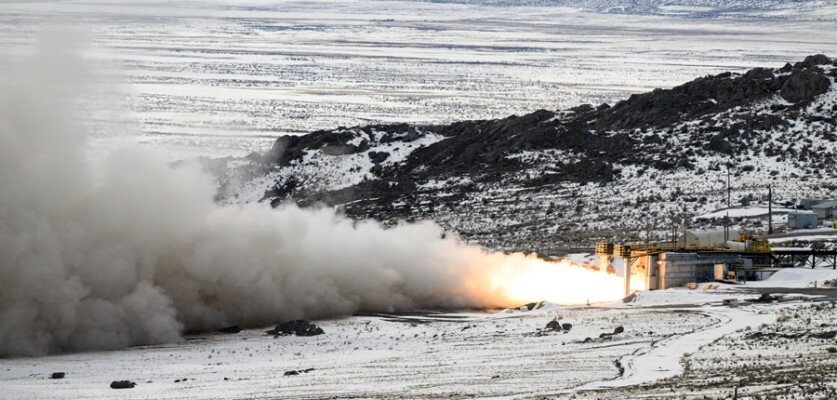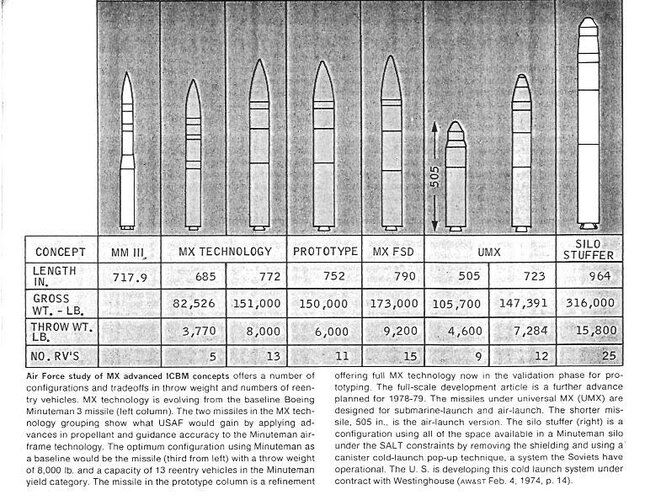There are financial resource constraints, and conventional capabilities will be far more important for an US-China war over Taiwan (or indeed any proxy war between US forces and a Chinese-backed opponent, given the propensity for such conflicts in a Cold War), and given the need to conduct survivable conventional strike on the cheap with easily stockpiled munitions like JDAMs and Quickstrike Mines, I think the US needs much more than 100-200 B-21s, and needs large numbers NGADs to support them in the face of opposing 5th generation fighters.
Better to devote financial resources to that, than a system that solely seems to exist due to inter-service parochialism. I will outright state that I do not think GBSD will work as a warhead sink, it is unlikely that the Russians will target empty silos when they can hit more valuable cities, and the Chinese strategic nuclear forces have always had a counter-value role from the beginning, so aren't going to be targeting the silos in the first place. SSBNs seem to be relatively invulnerable, even with recent advances in blue-green lasers, especially given the amount of sea room they have to operate in. The position of ICBM silos and mobile ICBM garrisons and deployment areas will be known at all times, and the number of ancillary units (including command vehicles, support vehicles, mobile kitchens for the crew and security vehicles, see Stalking the Secure Second Strike: Intelligence, Counterforce, and Nuclear Strategy) required for mobile ICBMs, combined with associated electronic signatures mean they are far more vulnerable to being tracked than SSBNs, whose autonomy and active transmissions are minimal, not to mention the current US acoustic advantage over Chinese SSNs and limited quantity of high-quality Russian submarines. In terms of delivery systems SLBMs are as accurate and responsive as ICBMs, and in the US context, higher throw-weight, so there is no justification for ICBMs along those lines.






